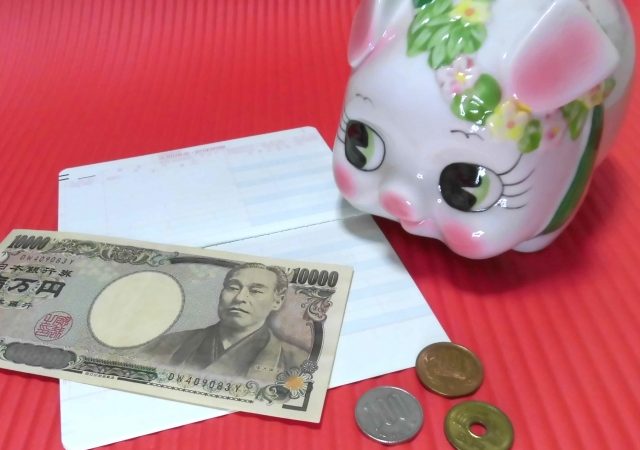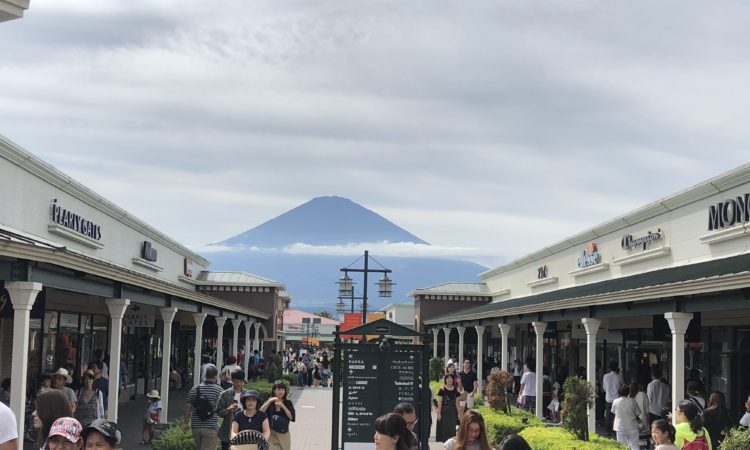Japan is known both for its traditional culture and modern technology, and there’s no better place to see the marriage of these two elements than in Japanese homes.
Homes in Japan may be quite old and follow traditional design, or they may be new with simple finishes and updated features. In either type of home, though, you’re likely to see influence from both the old and new.
For example, an old home may have plenty of wood, shoji (paper doors), and tatami (straw flooring), yet it may also have ultra-modern appliances and toilets. Similarly, a brand new Japanese home may follow simple Western-inspired design characteristics and have the latest built-in features, while still having doors and flooring inspired by classic Japanese homes.
What Makes Japanese Homes Unlike Others
Whether old or new, Japanese homes are full of unique elements and functional details that make them unlike homes in other countries. Here are 10 unique features you’re likely to find in an apartment or house in Japan.
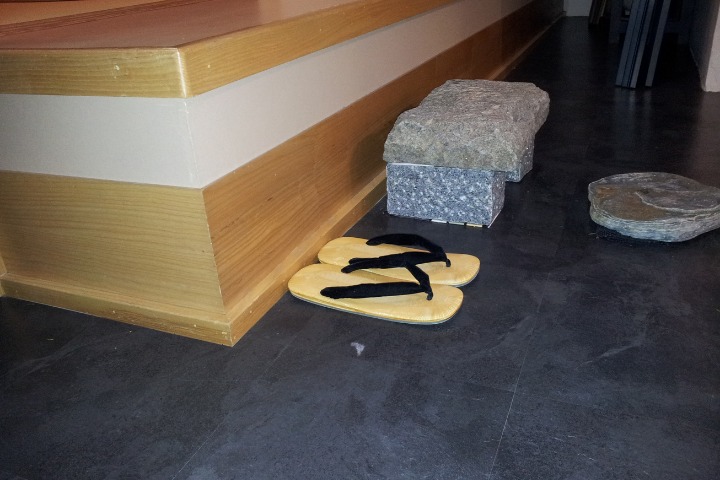
1. Genkan
Upon entering any Japanese home, you will find a genkan area. This is the special entryway space designed for taking off shoes, often outfitted with a shoe closet or box. What makes a Japanese genkan unique is its customary step: the genkan itself is lower, and after removing your shoes, you typically step up to enter the rest of the home.
This step marks a separation between the genkan and the living space. You may find a similar step in other places in Japan too, such as in clothing store dressing rooms. Like in a genkan, this signals the requirement to remove your shoes before entering.
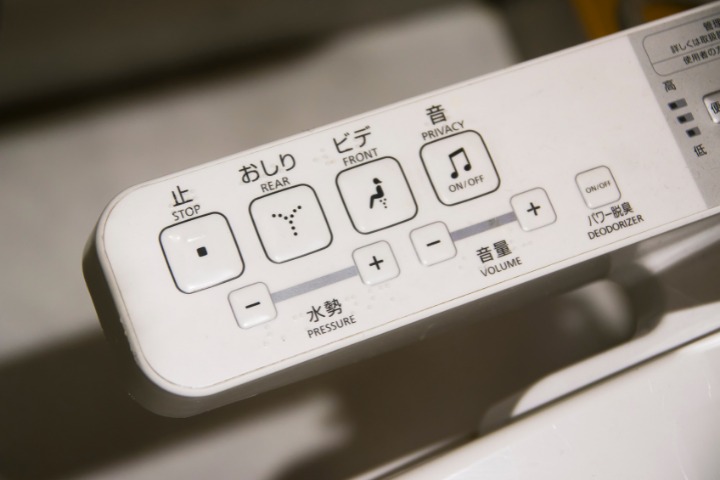
2. Japanese Toilets
In Japan, toilets often have several unique features. In fact, it’s more surprising to find a Japanese toilet without modern features than it is to find one with them.
These features include washlet functions that spray water, and some even have a drying option too. There’s also typically a function to change the temperature of the toilet seat, which is especially useful in the winter. Finally, expect toilets in Japanese homes to have a sink atop the toilet, where you can wash your hands with clean water that then drains into the toilet bowl.
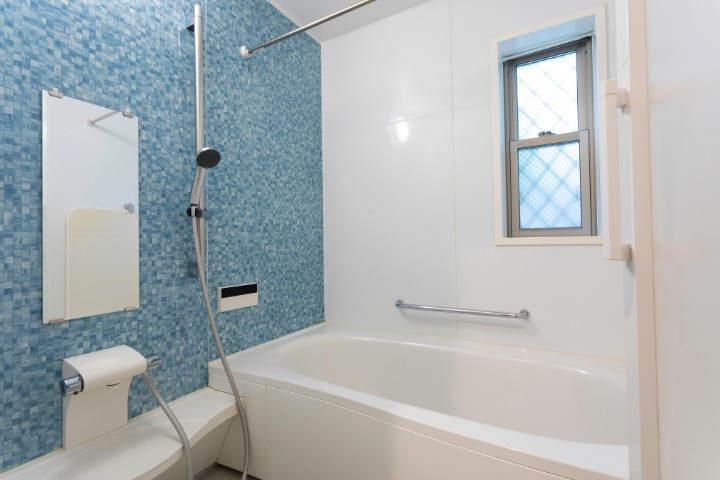
3. Japanese Baths
Bathing culture is popular in Japan, and having a proper bathing experience is important in Japanese homes. Many people in Japan take a bath every day after their shower, but these baths are anything but a standard bubble bath.
Japanese baths often have a panel built into the wall which controls the water temperature (this can also be used to control the water temperature throughout the house), and it can even fill and reheat the bath on its own, too. You can even set a timer for when you’d like your hot bath to be ready.
When the water goes cold, cover the bath and save it to be reheated and reused again the next day.
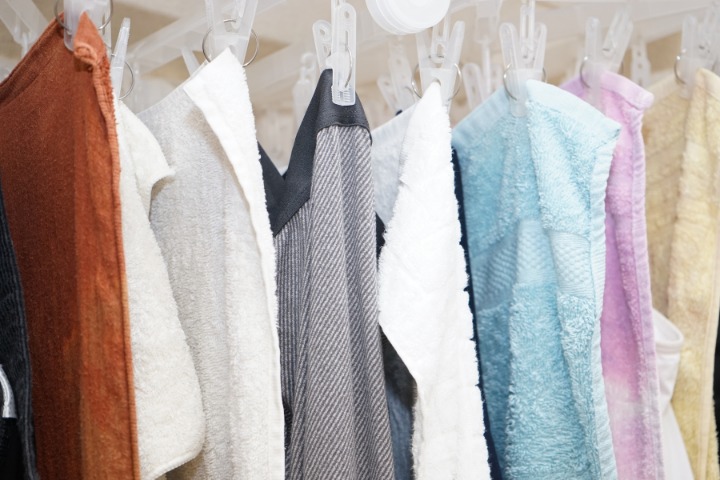
4. Shower Dryer
Another unique feature in Japanese bathrooms is a built-in dryer unit. Though this feature is found most often in new or recently renovated homes, it’s a convenient and practical feature to have during tsuyu (rainy season).
When not taking a shower, hang wet laundry in the shower room, and the dryer will blow hot air to help dry the garments. Typically, Japanese homes have a balcony where clothes can be hung up to dry. When the weather is rainy or humid, though, the shower dryer can be a great indoor alternative.
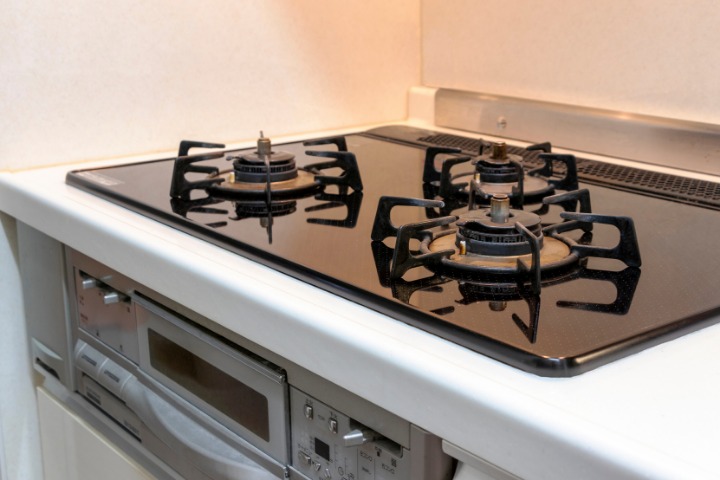
5. Fish Grill
It’s no surprise that a country known for its fish dishes has a special appliance designed to cook them. Japanese fish grills are standard in all Japanese homes, whether already integrated into the kitchen or included in a separate stove unit (see it in the image above, located under the stovetop). And though these grills are ideal for cooking fish to perfection, they can also be used to make pizza, toast bread, or broil vegetables. To learn all about the Japanese fish grill, read more here.
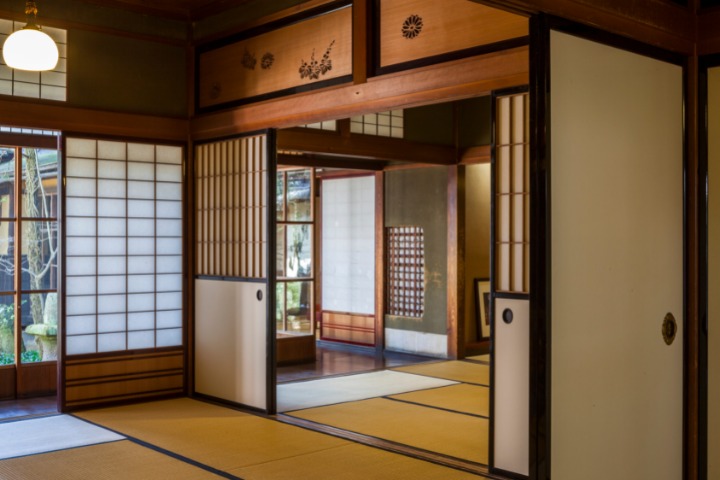
6. Sliding Doors
Sliding doors, or fusuma, are a key feature of traditional Japanese architecture. Historically, these doors were made of paper or silk, and some were adorned in artistic drawings and decorations.
These days, sliding doors are still common, though they are often simple in design. Even in modern homes, traditional Japanese-style sliding doors are practical because they save space compared to hinged doors. They can also be opened or closed depending on personal preference, offering the option to open up a small room or divide and section off spaces.
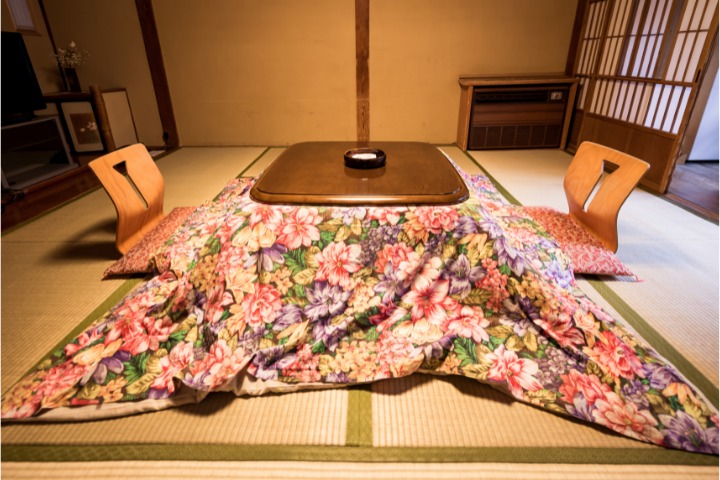
7. Kotatsu
Another traditional feature in Japanese homes, a kotatsu is a heated table with a futon or blanket on top, keeping those who sit under it warm and toasty during cold months. Kotatsu are still common today and can be easily found in home stores like Nitori.
Though kotatsu aren’t built into Japanese homes, you can often find one in the middle of the living room in the winter. Families often gather around the kotatsu table together to keep comfortable without needing much heat from the air conditioner heating unit.
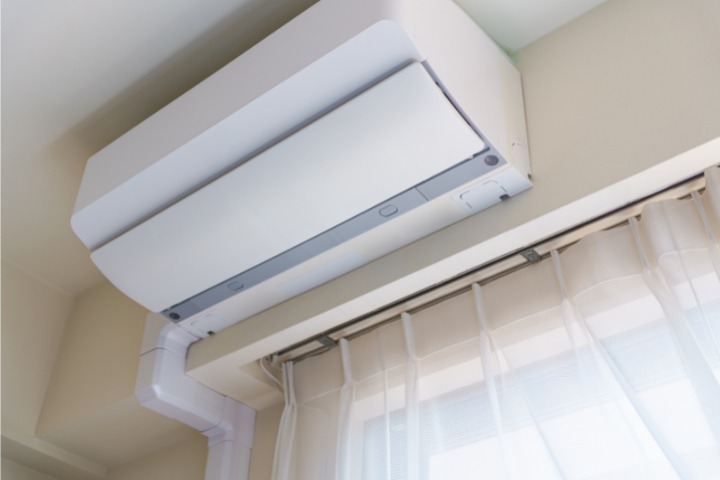
8. Japanese Air Conditioners
Japanese air conditioners, or eakon, are more than just cooling air conditioners or warming heaters. Typically attached high up on the wall in rooms in Japan, these eakon units can be equipped with many useful and high-tech features. Some of these features include dehumidification (very important during humid summers in Japan!), a clothes drying function (if you don’t have one in your shower already), a self-cleaning feature, and a variety of temperatures, wind strengths, and other settings designed to keep you comfortable no matter the weather outside.

9. Floor Storage
Storage in Japanese homes can be a little tricky. For one thing, traditionally, homes in Japan had little storage, with the exception of oshiire, or futon closets. However, more homes are starting to come equipped with storage space, and one unique place for this storage can be found under your feet.
It’s rare to find basements in Japan, though you may find a small unit of storage set in the flooring. This floor storage has a small removable door, and inside you can store food items, such as rice, over a long period of time. Floor storage can often be found in kitchens, bathrooms, or in closets.
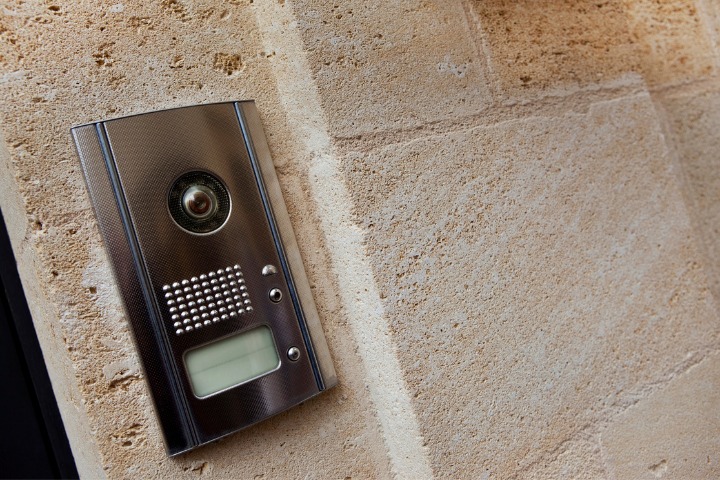
10. Japanese Doorbells and Intercoms
Though fancy doorbells aren’t unique to Japan, they’re much more ubiquitous in Japanese homes than in many other countries. It’s standard for doorbells in Japan to come with a camera, connected to a screen inside allowing you to see who’s at your door. You can answer via a microphone, too. Some of these doorbells are also integrated into an intercom security system that can alert police in case of an emergency.
Finding Japanese Homes That Suit Your Needs
Whether you want to live in the city or countryside, or in a sharehouse or private apartment, you can expect to find some (if not all) of these unique features in your next home in Japan. If you’re ready to find your next accommodation, read this article next:
Apartments for Rent in Japan! 40% of Foreigners Experience Rejection.


